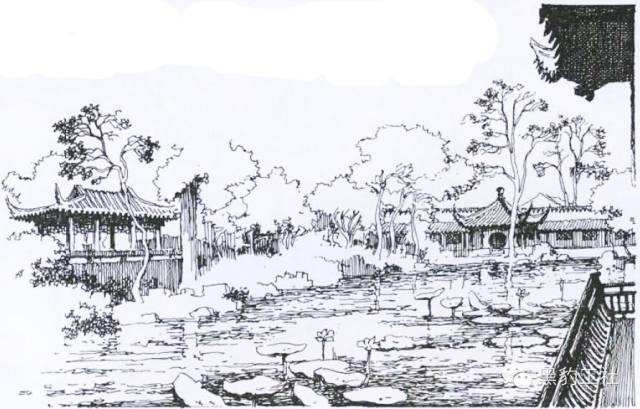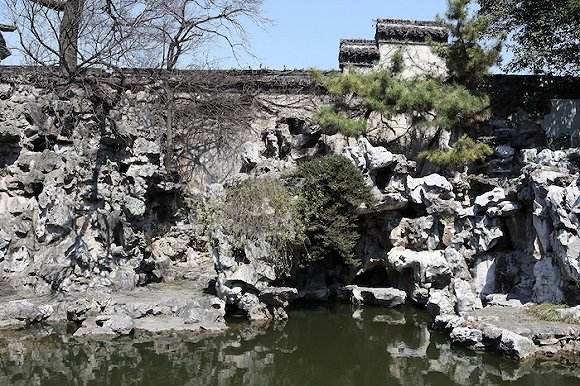THE ORIGIN DEVELOPMENT OF CHINESE GARDEN LANDSCAPING
2 min readChinese garden landscaping has a history of more than 4, 000 years, with the earliest gardens appearing in 2000 BC mountains for hunting and as sightseeing destinations. Chinese garden landscaping would develop from this embryonic form of garden.
Chinese history were status symbols of the kings and aristocrats. Their most distinguishing features were that they covered large areas and had dual purpose, for hunting and for holding sacrificial rites to the gods.of gardens spread beyond the aristocracy to officials, poets, painters and hoped to recreate the scenic spots they saw in the convenience of their hometowns. Early private gardens were small and featured stones piled into mountains; water channels were usually planted with pine and cypress trees and bamboo. These gardens recreated natural scenes and are named “gardens with mountains and water sceneries.

The wealth of the Tang dynasty spurred the building of gardens. The imperial gardens were in Chang’ an, present day Xi’an with the largest being the Forbidden Garden. This garden” was approximately 8.7 miles (14 km) wide and 7.4 miles (12 km) long and held 24 and different activities like huntings. It was the main imperial getaway with scenic spots separate gardens and building complexe, singing and dancing.
Landscape painting became an independent branch of Chinese art during the Tang dynasty.
Mountains, water and villages were popular subjects and painters sought to embody scenes but also expressed their thoughts and paintings. They not only painted the physical thets and emotions with the images. Gardens were built similar designer tempte the garden designer attempted to harmonize architectural beauty with natural beauty so the visitor would see a complete picture.uring the Song dynasty, garden landscaping became even more popular and spread further down the social hierarchy. Owners of teahouses began to build gardens to solicit customers, and common people could now enjoy the beauty of gardens. Landscape painting now had greater influence on garden landscaping than before. For example, the emperor would hinire a commercial painter to paint a design, and the garden would be built according to the painting. Great detail was given to the lines, structures and decoration of courtyards, with particular attention paid to the placement of small ornaments.

Chinese garden landscaping reached a golden age in the Ming and Qing dynasties and became an art that blended music, painting, poetry and architecture. Gardens began to ased, with many of them private classic examples include the Humble Administrator’s’ Garden(zhuozheng yuan), the Master of Nets Gardenwangshi yuan yuanming yuan) and the Summer Palace(yihe yuan) began imitating and copying ideas from private gardens.








